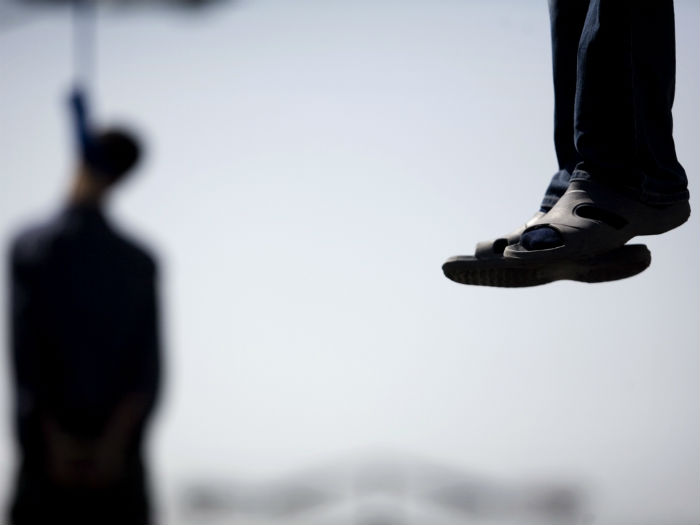Mental health care is one of the biggest unmet needs of our time. Millions of people living with these conditions do not receive the care they require. Suicide, a repercussion of mental illness is a desperate attempt to escape suffering that has become unbearable. Blinded by feelings of self-loathing, hopelessness, and isolation, a suicidal person can’t see any way of finding relief except through death.
A series of seven horrifying suicides have shaken Columbia University to its base. The cases, unanimously are probably due to drug overdoses and students say fiercely competitive academics and inadequate campus counselling programs are in large part to blame. There have been three deaths in the month of January itself. Two of which were suspected to have died due to drug overdose and one exchange student from Japan who jumped from the seventh-floor window of her Broadway dorm. The other four suicides have come once in a month from September to December.
The deaths include a 21-year-old journalist, a 29-year-old Navy veteran, a Moroccan student and an 18-year-old freshman named Taylor Gilpin Wallace.
“You don’t know how badly I want to jump out that window right now,” Wallace, who would be Columbia’s October suicide, said in a video call from his John Jay Hall dorm room to his mother in Missouri.
Wallace hanged himself in his basement days after that phone call, after he quit school and moved back to his family home. He thought he was not good enough for Columbia University as he was surrounded by some of the brightest minds on this planet. His contemporaries were starting businesses or excelling in arts and aesthetics which added on to his already depressed state of mind.
“At one point [at Columbia] he said to me, ‘I don’t fit in here — these students I’m surrounded with are so much smarter than me and so much better than me.’’, he said to his mother. His mother said she sought help from the head of Columbia’s Counselling and Psychological Services Office, who “gave me her card.”
“I definitely feel there’s more that should have been done,” Wallace’s mother told NYP
Jacqueline Basulto, after finishing her graduation in political science couldn’t handle the depression associated with her school life almost drove her to an extent that she saw no other way than taking her own life to end the competition.
“Four hours a night sleep was normal for me,” “I think Columbia has a really hostile, competitive culture,” said Basulto, 21, of Manhattan.
“It’s a place with a lot of people who are striving to be the best at what they’re doing … it makes you want to push yourself harder and harder and harder,” she said, joining student organisations, taking side jobs and internships.
Basulto struggling with depression and suicidal thoughts said she made a call to her school counselling service and they reverted back by saying that the earliest appointment they could give her was in two weeks. As she insisted them, they further suggested her to be surrounded by her friends.
Basulto has started a petition, now filled with similar horror stories, asking that mental health services be dramatically improved. The authority, on the other hand, refuses to answer any question relating to the shocking, frequent incidents of student suicide. As the death toll rose in the past five months, Dean James Valentini, vice president for undergraduate education, had issued carefully-worded condolence emails on the lost students.
The emails largely avoided the words suicide and drugs, and each featured similar boilerplate lists of counselling resources.
But on Thursday, when The Post broke details of the deaths online, the school was the one asking for help.
“As individuals and a community, we come together to ask — really to insist — on understanding what more we can do to address the depression and addiction that is so often the cause of these losses,” the school’s vice president for university life, Suzanne Goldberg, wrote in a mass email to students.
Goldberg’s email included five pages detailing “what we have, and, after this, what more we will do.”
The new resources included a spring semester “Mental Health Week,” additional on-campus crisis intervention training for students and community members, and, as recently requested by student leaders, more space and funding for community-building “activities.”


















